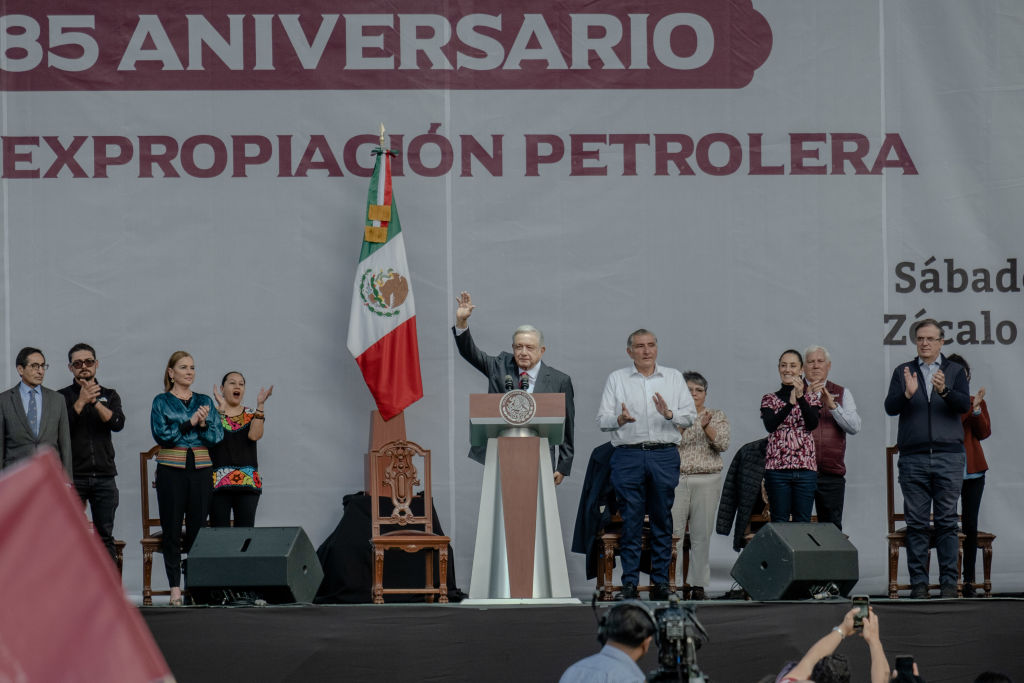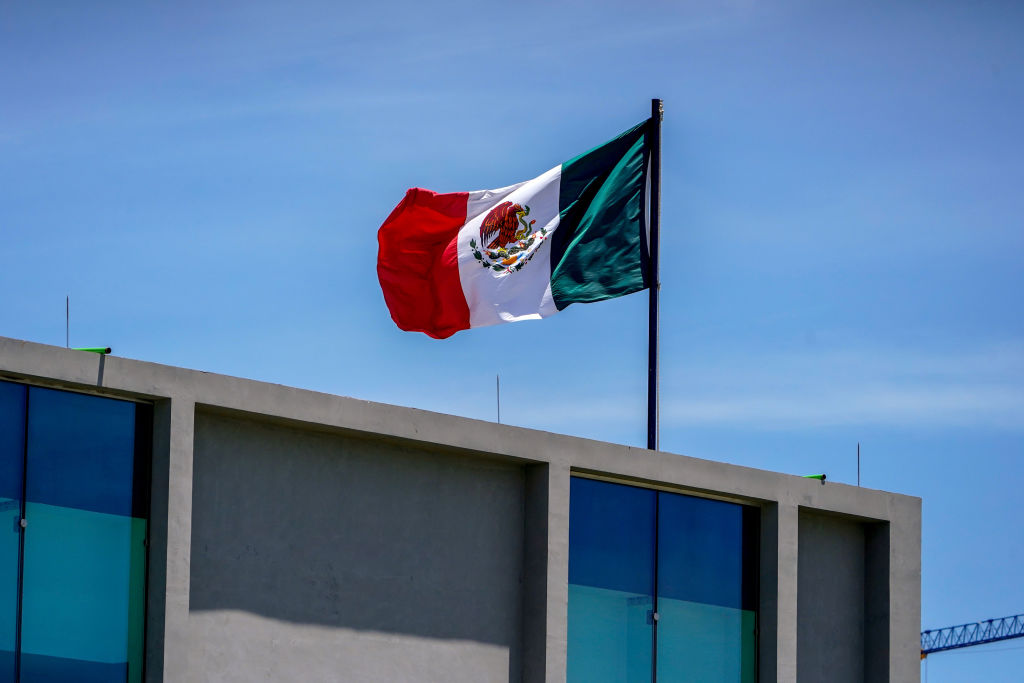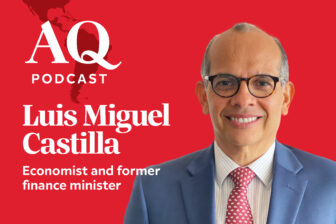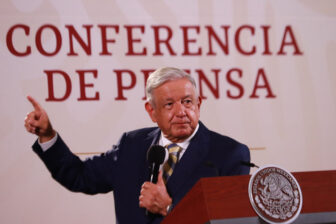Subscribe to The Americas Quarterly Podcast on Apple, Spotify, Google and other platforms
MEXICO CITY — Mexicans seem to enjoy economic and political crossroads; the country is often faced with one because it seldom addresses its underlying challenges. Now, President Andrés Manuel López Obrador, known as AMLO, has chosen to avoid economic crossroads altogether by simply killing the goose that lays the golden eggs—and even the USMCA is at risk.
For the last four decades, Mexico has lived through a contradiction that lies at the heart of its inability to cope with the ever more complex management of a modern economy. Other nations were willing to undertake broad reforms since the 1980s—including to their political systems—to stabilize and create conditions for long-term economic development. In contrast, Mexico undertook economic reforms largely in order to avoid reforming its politics. Therein lies the huge difference in results between Mexico and Chile, or between Mexico and its Asian peers.
Domestically, the persistent incoherence between the economic requirements of an ever more complex economy and the political capacity to deliver conditions for prosperity is what largely explains the vast differences between states. On one hand, Aguascalientes or Querétaro grow at Asian rates. On the other are the poverty-stricken southern states of Oaxaca, Chiapas and Guerrero, which continue to be dominated by local fiefdoms and special interests.

Moreover, these incompatibilities explain much of the other ills that affect Mexico: violence, organized crime, dysfunctional relationships between the federal government and state governors and, especially, the democratic deficit that continues to widen.
Through all these years, one administration after another subscribed to the paradigm that institutional build-up would strengthen the economy and lower the impact of the political incapacities that resulted from an old, stagnant and special interest-ridden political system. That explains the creation of regulatory agencies like the Competition Commission, the Telecommunications Commission, the Energy Regulatory Commission and so on. Same with the reform of the Supreme Court in 1994 and the creation of the independent electoral authority in 1996. Institutions were created to make up for the lack of a political system capable of addressing urgent needs like a functioning security system.
In retrospect, much of this has proven to be mere quick fixes that failed to address underlying issues, which, at their core, lead to the excessive powers of the Mexican presidency. Previous presidents opted not to challenge these institutions but, in retrospect, it’s clear that they had the power to change them, as AMLO has proven.
What matters is that, despite the failures in results, most Mexicans supported the process because they could see how the modern part of the economy—the one tied to NAFTA and, today, USMCA—worked. Unfortunately, the hope to join the winners became ever less likely to materialize as violence and the lack of a proper judicial and police system eroded not only hopes but also the daily livelihoods of most Mexicans, which led to the election of Andrés Manuel López Obrador.
AMLO follows a very different paradigm. For him what’s wrong is not the old political institutions that hamstring the economy, but the fact that the country is pursuing modernity when it should be sticking to its traditions. In a revealing visit to a small town in Mexico two years ago, he spent an inordinate amount of time visiting and praising an old, donkey-driven sugar mill. His message was clear: Mexico would prosper only to the extent that it went back in time. Therefore, his thrust has been to undermine the modern side of the economy while seeking to strengthen the presidency and the old national oil company. He’s aiming to solve the conundrum created by the disparity in economic and political reforms by backtracking on the economic reforms.
The last time Mexico took a similar route, back in the 1970s, the government went virtually bankrupt in 1982. The reforms that followed sought to break away from the vicious cycle of a government-led economy. But the lesson that AMLO derived from that era, when he was the PRI leader of his home state of Tabasco, was that fiscal excesses produced the collapse. Had those presidents been thriftier, goes his line of thinking, Mexico would have thrived.
None of what the president has done addresses the issues the average Mexican faces today, nor those that he himself identified, rightly, as the country’s core problems—like poverty, corruption and inequality. This augurs badly for the end of his term. Of course, if the election were held today, AMLO’s nominee would win outright. But 15 months from today, things may very well be radically different; the costs and liabilities he has piled up and the lack of results will likely take their toll. No less important is the fact that his party is now the incumbent and Mexicans have voted systematically against incumbents since 1997, the first election managed by the independent electoral authority IFE (now INE).
But now the INE itself risks being weakened and could be seriously undermined before the election. Meanwhile, the administration continues to challenge its partners in the USMCA, first with the energy reform and now effectively changing the rules on corn imports.
One can only wish that Mexico were facing a crossroads with at least one attractive alternative. But this will happen only if there is a truly competitive election in 2024, not the most likely scenario as institutions are being systematically curtailed. All of this bodes ill for both Mexicans and our neighbor to the north.









